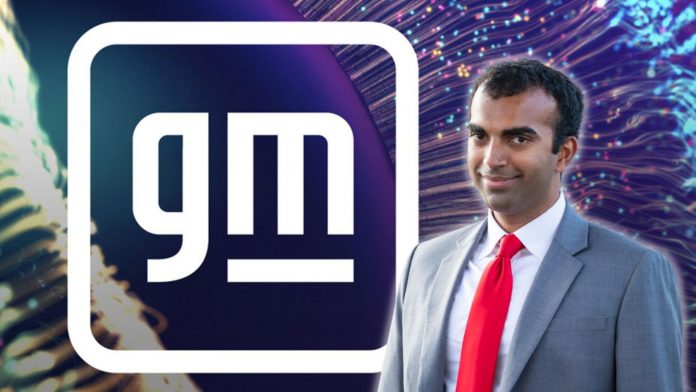General Motors has revealed it’s investing in a Silicon Valley firm to assist it in accelerating the development of more affordable battery chemistry for its future EVs.
GM will lead a $60 million investment in Mitra Chem, a two-year-old Mountain View, California-based firm that utilizes artificial intelligence to expedite the development of lithium-ion battery materials. Additionally, the lithium iron phosphate chemistry-based batteries developed by Mitra Chem are new forms of batteries. Because they do not contain pricey minerals like cobalt and nickel, the batteries are of tremendous interest to EV manufacturers because they are less expensive than conventional lithium-ion cells.
Tesla, Rivian, and Ford are the automakers employing LFP cells in their more economical models.
Gil Golan, vice president of technology acceleration and commercialization at GM, described the new funding round for Mitra Chem as “a strategic investment that will further help reinforce GM’s efforts in EV batteries and advance our work on affordable battery chemistries like LMFP.” According to Golan, the U.S. Inflation Reduction Act “is one of the main drivers” in GM’s work establishing a U.S.-based supply chain for LFP batteries and next-generation materials alongside Mitra Chem and others.
Additionally, most LFP cells now on the market are produced by Chinese firms, which presents a hurdle for automakers looking to create EVs eligible for U.S. subsidies.
To boost the power density of the battery cells while maintaining the LFP cost advantage, Mitra Chem is working on a variant of the LFP battery chemistry that adds manganese to the batteries’ cathodes. The company is adopting an “AI-powered platform” that significantly speeds up testing to find the ideal battery chemistry.
At a press conference before the announcement, Mitra Chem CEO Vivas Kumar stated, “Our battery materials R&D center can manufacture and test thousands of cathode designs daily, ranging in size from grams to kilograms. Thanks to these procedures, the time to market new battery cell formulae can be shortened, drastically decreasing learning cycles.”



